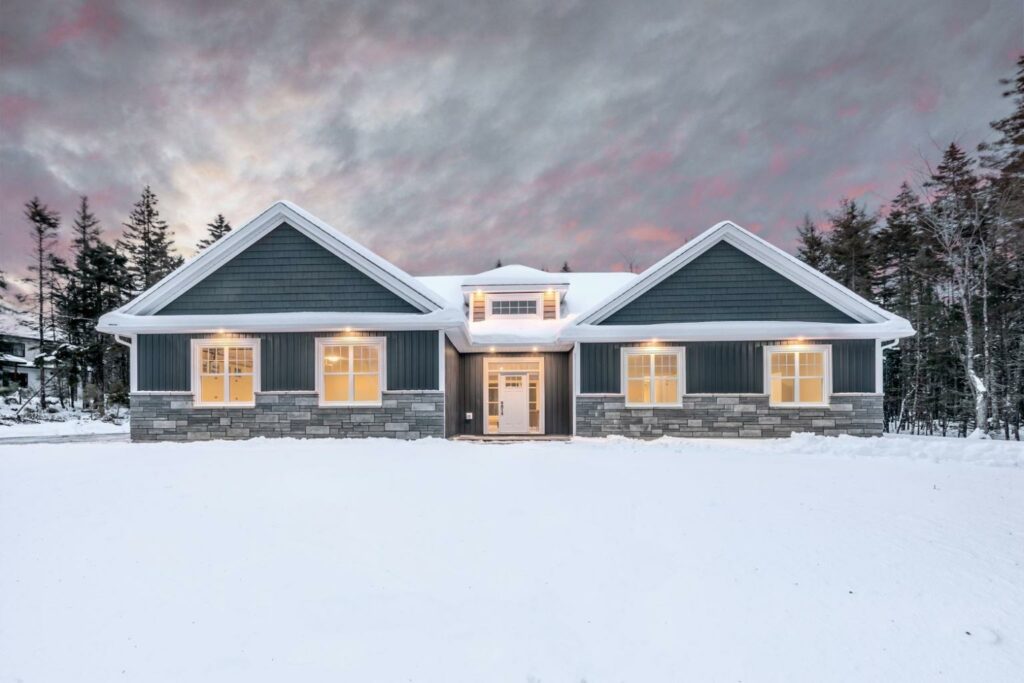Vinyl Siding, PVC & Polymeric Products Pair Beautifully With 2024 Design Trends
By Don Browne
Many of the top design trends projected for 2024 reveal a common theme – sustainability.
No matter what trade publication or lifestyle magazine you read, you will be sure to find words and phrases like “net-zero energy buildings,” “adaptive reuse,” “circular design for minimizing waste,” resilient design for climate change adaptability” and “modular design for efficiency and flexibility” that explain the exterior architectural trends for the coming year.
For any of these “green” motivations the home builder chooses, vinyl siding and other polymeric products are an ideal fit for meeting the project’s sustainability goals.
They are:
- More Environmentally Friendly. Vinyl siding’s impact on the environment (i.e., global warming) is 40% lower than fiber cement and 83% lower than brick. The industry’s environmental impact reductions since 2011 include 22% less electricity, 33% less natural gas and 100% less propane. We have the Environmental Product Declarations (EPDs) and green building credits to prove it.
- Recyclable Where Programs Exist. The vinyl siding industry invented and perfected the co-extrusion process, so all vinyl siding is produced with less than 1% manufacturing waste. And after a long performance life of 50-75 years, vinyl siding can be recycled where programs exist and returned to the manufacturing process to be used in other types of products (like many of the luxurious patios and patio furniture that have been or could be included in your designs).
- Energy Efficient. Adding insulated vinyl siding to your design can increase a new home’s energy efficiency and increase R-values on home renovations, making homeowners potentially eligible for rebates under the Inflation Reduction Act (IRA).
- Flexible and Climate-Resilient. There is no other cladding that performs better in both humid and cold climates than vinyl siding. It bends and contracts in direct relation to the weather conditions and is immune to moisture damage. Vinyl siding is a vented cladding that helps a home’s walls breathe and dry out, and you don’t have to paint or caulk the vinyl to protect it from water absorption. Vinyl siding is also wind resistant and has low fire risk.
In addition to the multitude of sustainable benefits, vinyl siding has tremendous cost efficiencies, thus enabling designers to pursue other 2024 trends, such as inclusive design (i.e., designing unique spaces for everyone), outdoor living spaces like rooftop gardens, terraces and outdoor kitchens and biomimicry (structures modeled by what works in nature, as well as integrating nature into built spaces).
For all these trends, the vinyl siding industry offers a wide array of styles to enhance these designs, including wood grain, shake, clapboard and log.
